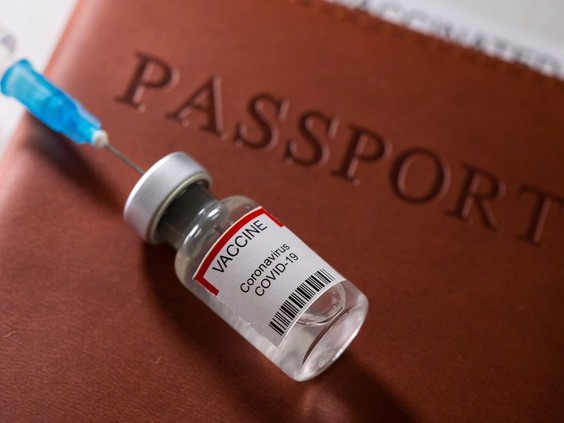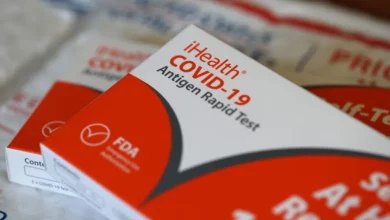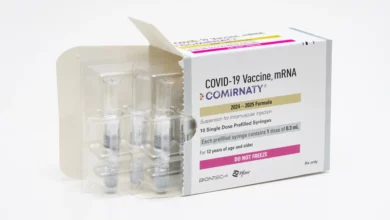
The bivalent booster used in the United States is known as mRNA-1273.222; it contains Moderna’s original vaccine and a vaccine specifically designed against the BA.4 and BA.5 subvariants.
The study included about 511 people ages 19 to 89 who were vaccinated, boosted with the original formulation and then boosted months later with a 50-microgram booster dose of the bivalent booster.
All participants had a 15-fold increase in Omicron BA.4/BA.5 antibody levels from pre-booster levels. Neutralizing antibodies against BA.4/BA.5 were 5-fold higher for participants with previous infection and 6-fold higher for those without previous infection. The company said immune responses were consistent in participants age 65 years and older and those age 18 to 65.
The results were shared in a news release and have not been peer-reviewed or published in a medical journal.
Last month, Moderna published results for its other bivalent booster, known as mRNA-1273.214, which contains both Moderna’s original vaccine as well as a vaccine targeting the original Omicron strain. That vaccine has been authorized for use in Europe. That study found that protection against BA.4 and BA.5 was also superior compared with boosting with the original vaccine.
“We are pleased to see that both of our bivalent booster vaccine candidates offer superior protection against Omicron BA.4/BA.5 variants compared to our original booster, which is encouraging given COVID-19 remains a leading cause of hospitalization and death globally,” said Stéphane Bancel, Moderna’s chief executive officer, said in a statement.
The company said that early analysis in 40 people also found that both bivalent vaccines showed “robust neutralizing activity” against the BQ.1.1 subvariant, although not as strong an antibody response as they showed against BA.4./BA.5.
According to the US Centers for Disease Control and Prevention, BA.5 accounts for about 30% of all new infections in the United States. As a mix of new variants rises, BQ.1.1 now represents about 24% of new infections.
Earlier this month, Pfizer and BioNTech released results that also found their bivalent vaccine provided a “substantially higher” immune response than their original booster.
Updated boosters from Moderna and Pfizer became available in the United States in early September. Last month, teams from Harvard and Columbia shared early research that suggested the original booster doses are just as effective as the updated bivalent boosters.
Sluggish rollout for updated boosters
The CDC recommends people 5 years and older receive an updated bivalent booster if it has been at least two months since their initial two-dose primary series or previous booster.
But the rollout of the updated boosters has been sluggish, with just 10% of people ages 5 and older getting an updated booster dose, despite 73% of that population having gotten their first two shots..
More Covid-19 vaccine doses were administered last week than in most other weeks this year as uptake of the updated booster slowly ticks up, according to a CNN analysis of data from the CDC.
About 5.6 million doses of Covid-19 vaccine were given last week – about 5 million of which were the updated booster shot.
The booster is not expected to provide it’s full protection until about two weeks after administered. As the Thanksgiving holiday approaches and family and friends gather, public health officials are pushing the messages to get boosted.
A Biden administration official told CNN last week it would be “doubling down on our push to get folks vaccinated now so they are well-protected before Thanksgiving – working closely with national and local organizations across the country.”




